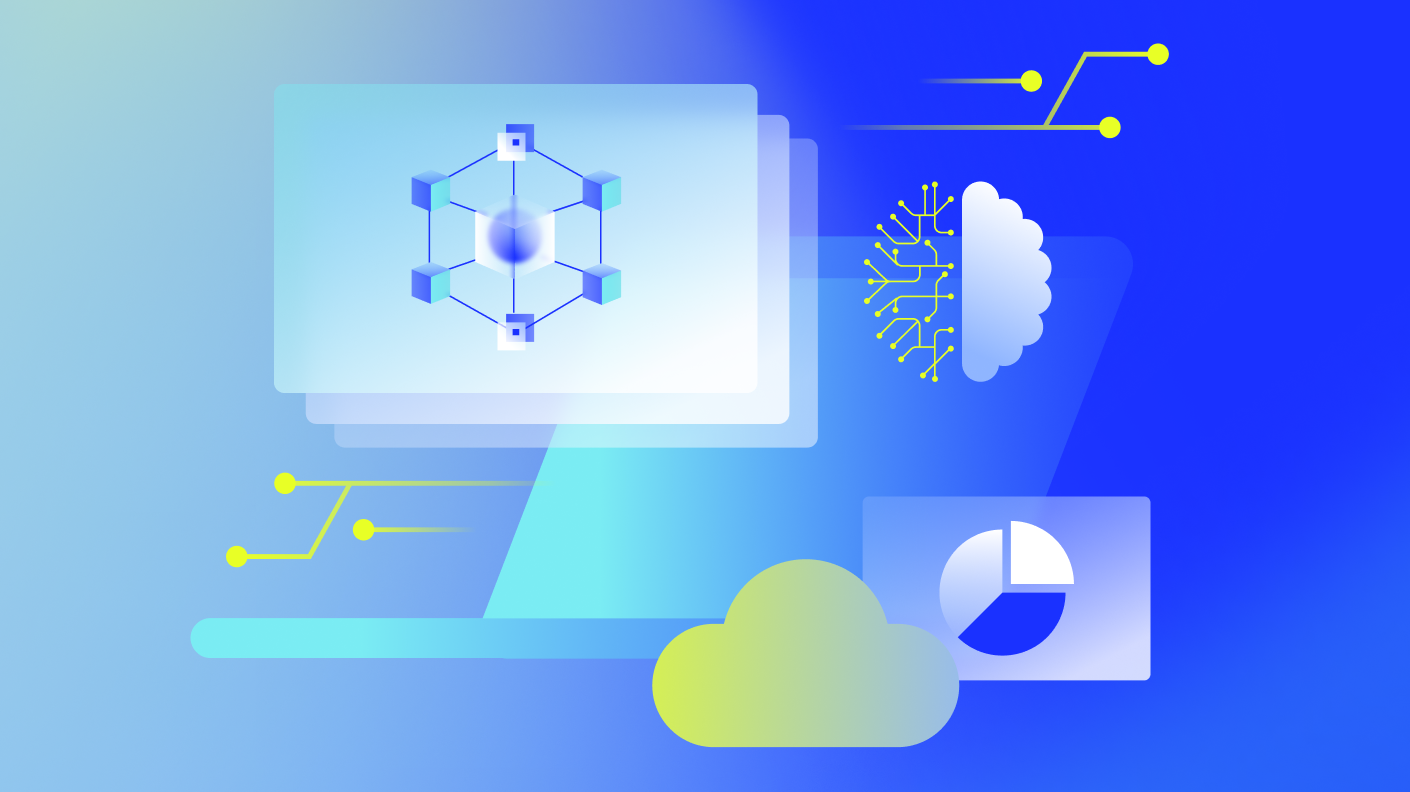Stronger together: (Agentic) AIOps and observability are the keys to IT resilience


Observability is the backbone of effective IT operations—but what happens when that backbone starts to collapse under the weight of complexity?
Every new layer of infrastructure piles onto an already fragile web of interconnected challenges, making it painfully clear: traditional monitoring can’t keep up.
You’re drowning in alerts, buried in data, and yet somehow still flying blind when real issues arise. More notifications don’t mean more insight, and more data doesn’t guarantee better decisions.
It doesn’t matter how many signals you can capture; it’s how intelligently you can connect the dots from symptom to source. AIOps shouldn’t just add to the noise; it should transform raw data from countless sources into a clear diagnostic story that pinpoints the real root cause.
By bridging the gap between data collection and meaningful action, (agentic) AIOps isn’t a technological upgrade—it’s a complete reimagining of IT operations.
In this article, we’ll explore how AIOps and observability work together to cut through the chaos, turning complexity into clarity—and shifting IT operations from reactive firefighting to strategic, intelligent management.
Observability is the foundation of modern IT operations. Its goal is to help IT teams have the data points they need to make sense of the internal state of their systems. And in theory, this should empower those teams to diagnose issues faster, reduce downtime, and improve performance.
But in practice, traditional observability often creates as many challenges as it solves. Why?
As IT environments grow in complexity, so does the volume of observability data. Organizations collect an overwhelming number of logs tracking events, metrics measuring performance, and traces mapping service dependencies. Not to mention the amount of unstructured data—such as team conversations and incident reports. Without the right intelligence to interpret the deluge, these data points become more noise than insight, causing:
The problem isn’t capturing information; it’s transforming those endless streams of data into meaningful, actionable insights. Logs tell you what happened. Metrics show you how bad it is. Traces reveal the messy web of interactions. But none of them tell you why—or how to prevent the next disaster.
In short, observability helps you see everything and comprehend nothing.
So how do you go beyond raw visibility to real intelligence? The answer lies in pairing observability with AIOps.
Artificial Intelligence for IT Operations (AIOps) is designed to help IT teams manage complexity by using AI and machine learning to automate event correlation, anomaly detection, and predictive analytics. It sifts through massive amounts of data to detect and diagnose issues, reducing manual effort and accelerating problem resolution.
However, traditional AIOps has a major limitation—it stops at insights. While it can surface anomalies and patterns, it still relies on predefined rules and human intervention for decision-making. IT teams receive alerts and recommendations but must still determine what actions to take and how to resolve issues, creating bottlenecks and delaying fixes.
Agentic AIOps takes AIOps to the next level by adapting, learning, and acting in real time.
Traditional AIOps focuses on anomaly detection and alerting, but it still relies on human intervention to connect the dots and take action. Agentic AIOps goes further by learning, adapting, and acting in real time to resolve issues before they escalate.
Unlike static rule-based systems, agentic AIOps leverages generative AI for deeper insights and agentic AI for autonomous decision-making. It doesn’t just collect and analyze data; it actively orchestrates responses, transforming raw signals into precise actions that reduce downtime, optimize performance, and ease the burden on IT teams.
Observability tells you what’s happening—agentic AIOps tells you why it’s happening and takes action to fix it.
While observability provides deep visibility into system health, it often stops at surfacing issues. IT teams still have to interpret the data, diagnose the problem, and decide on next steps. By combining observability with agentic AIOps, together they can transform raw signals into meaningful insights and automated responses, reducing complexity and accelerating resolution.
By integrating AIOps with observability, IT teams no longer only see problems—they understand them, fix them faster, and prevent them from recurring. The result? A more resilient, intelligent, and self-optimizing IT environment.
Observability alone gives you visibility. AIOps alone gives you insights. But neither is enough on its own. The real breakthrough happens when observability and agentic AIOps work together—turning raw data into real-time, autonomous action.
Instead of just identifying problems, agentic AIOps understands, prioritizes, and resolves them—before they escalate. It cuts through alert fatigue, pinpoints root causes, and automates fixes, allowing IT teams to shift from firefighting to proactive, intelligent operations.
The future of IT resilience isn’t about collecting more data—it’s about making data work for you. Will your systems stay stuck in reactive mode, or will they evolve to predict, prevent, and self-heal?
The choice is clear: Observability and agentic AIOps are stronger together.
© LogicMonitor 2025 | All rights reserved. | All trademarks, trade names, service marks, and logos referenced herein belong to their respective companies.
